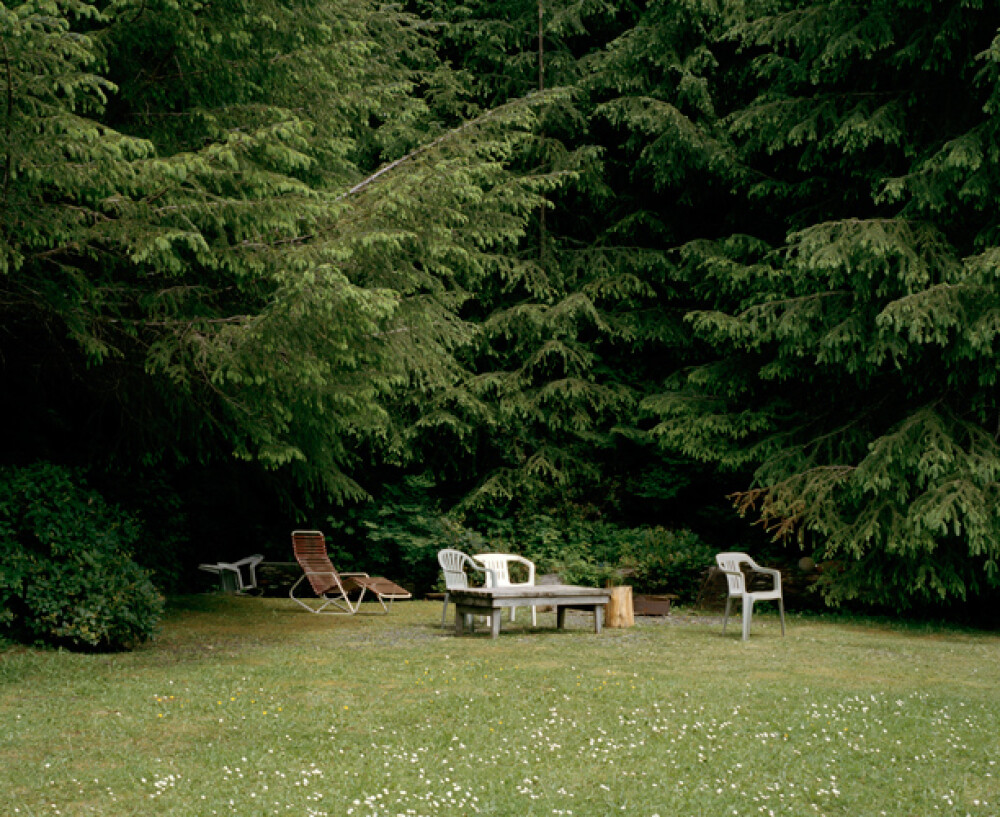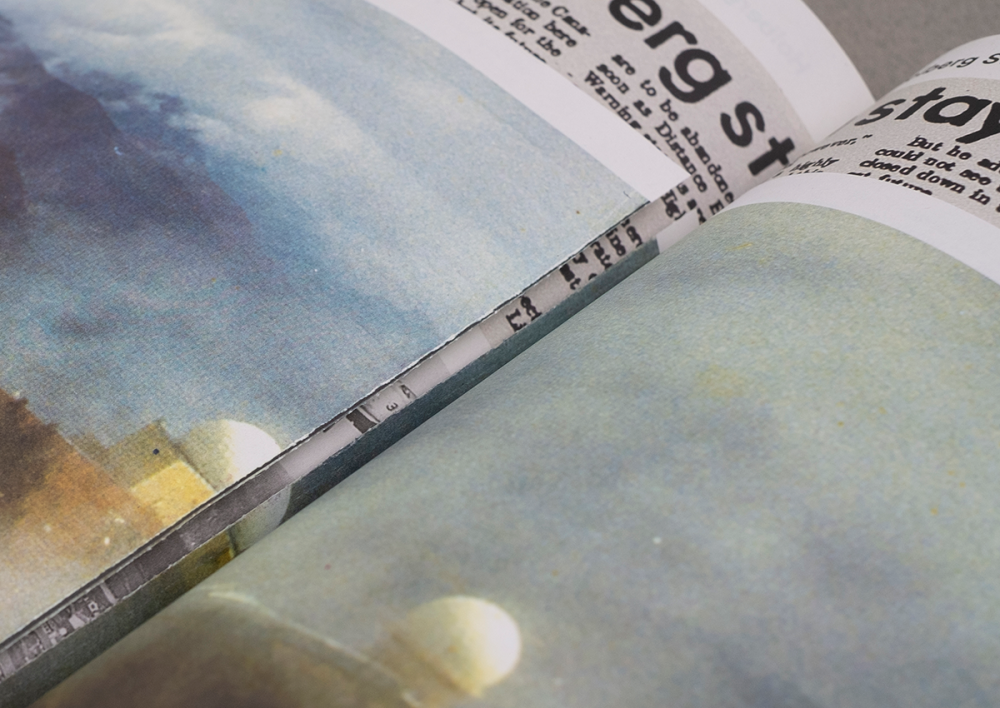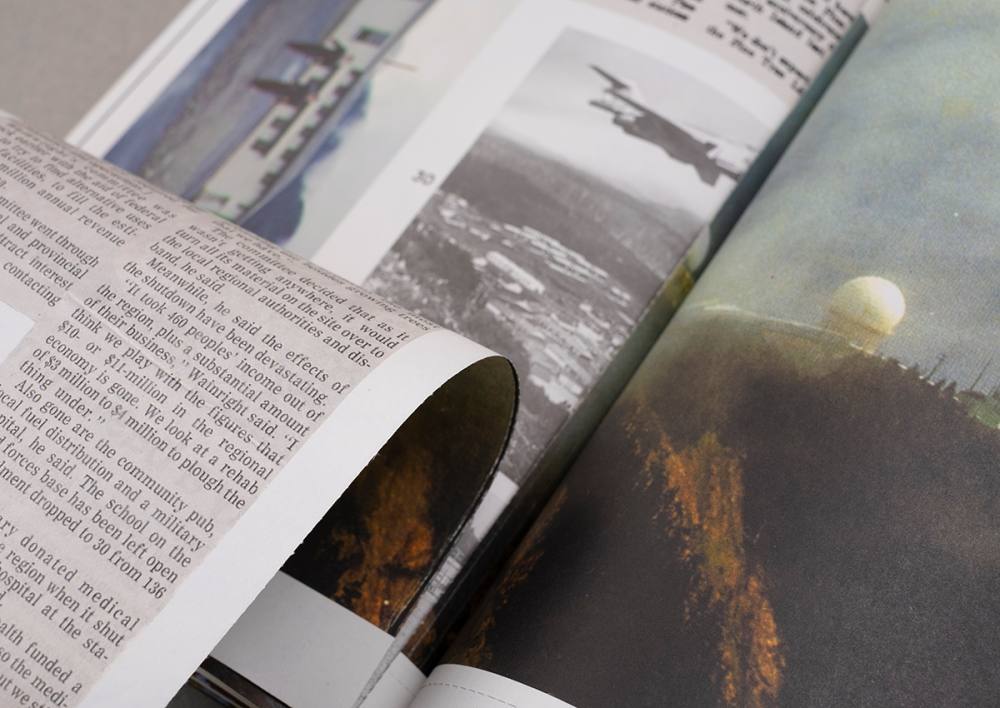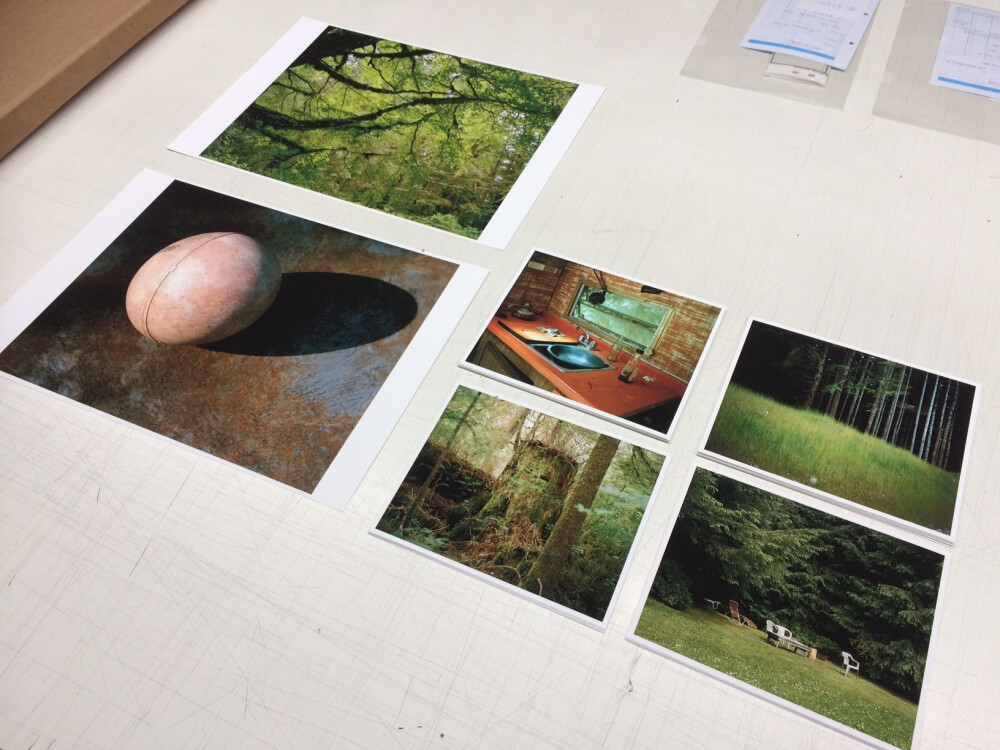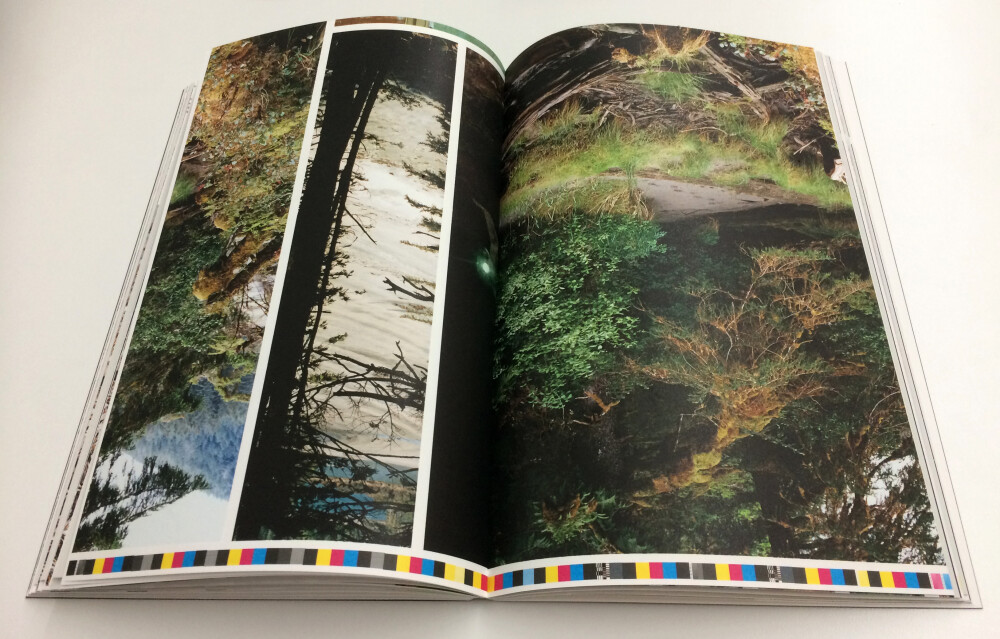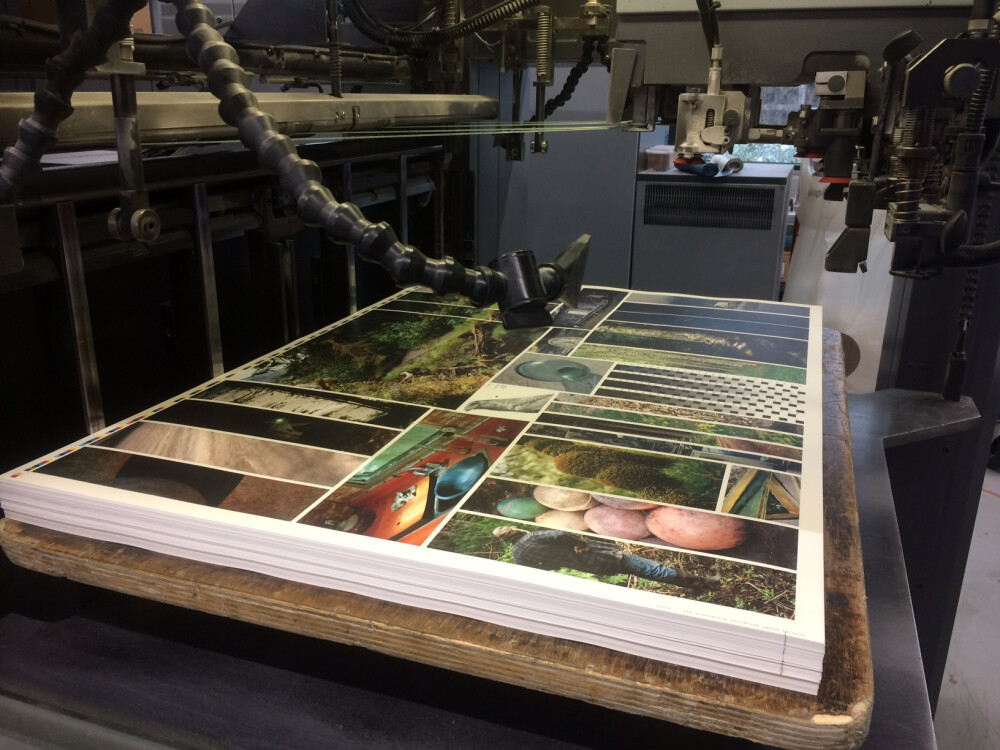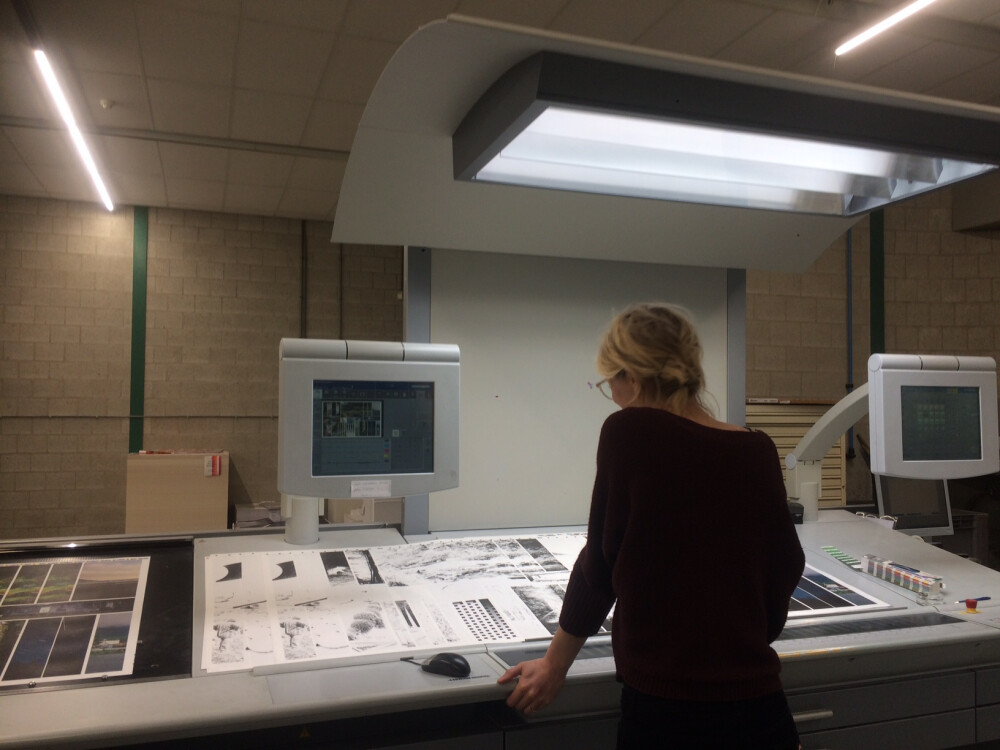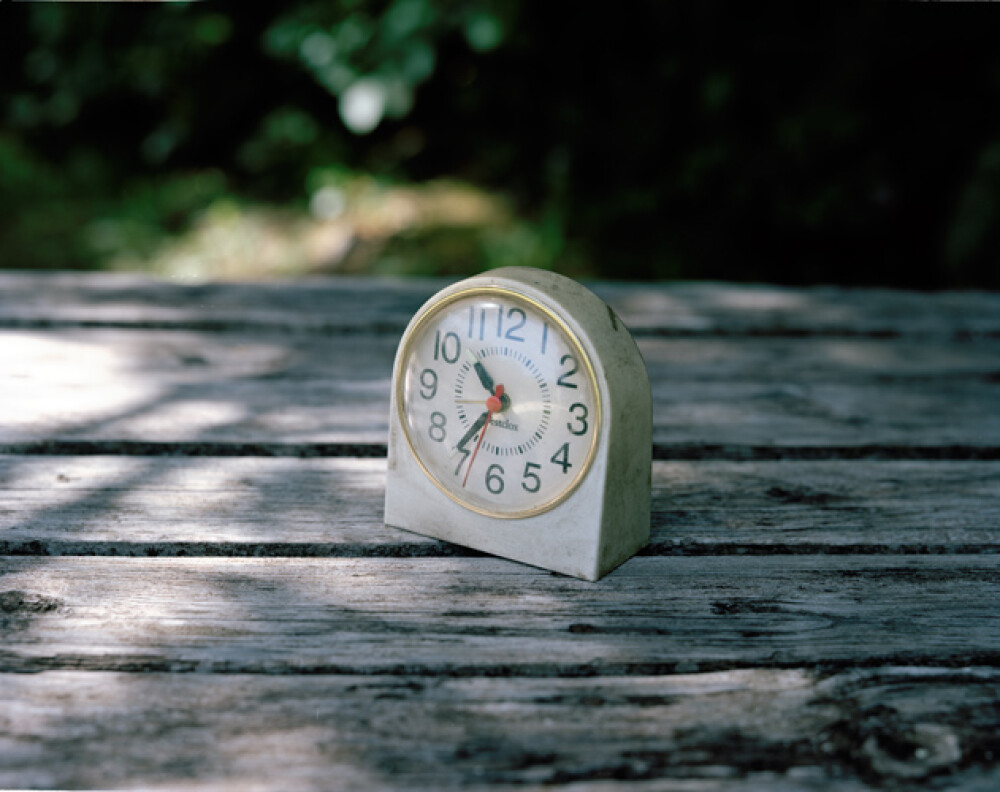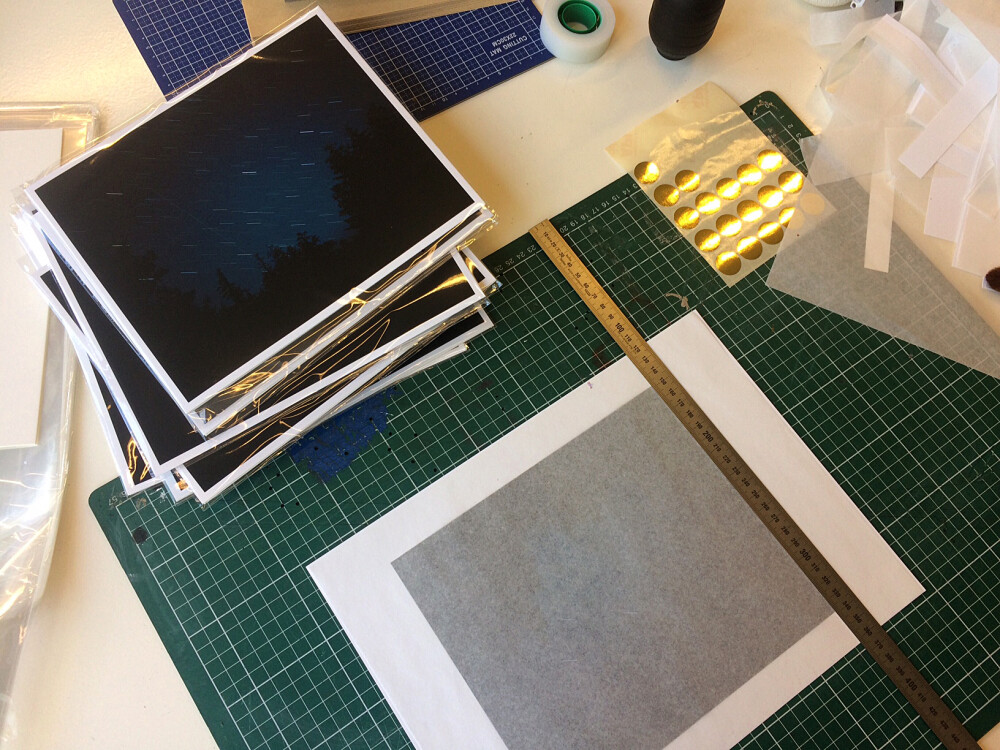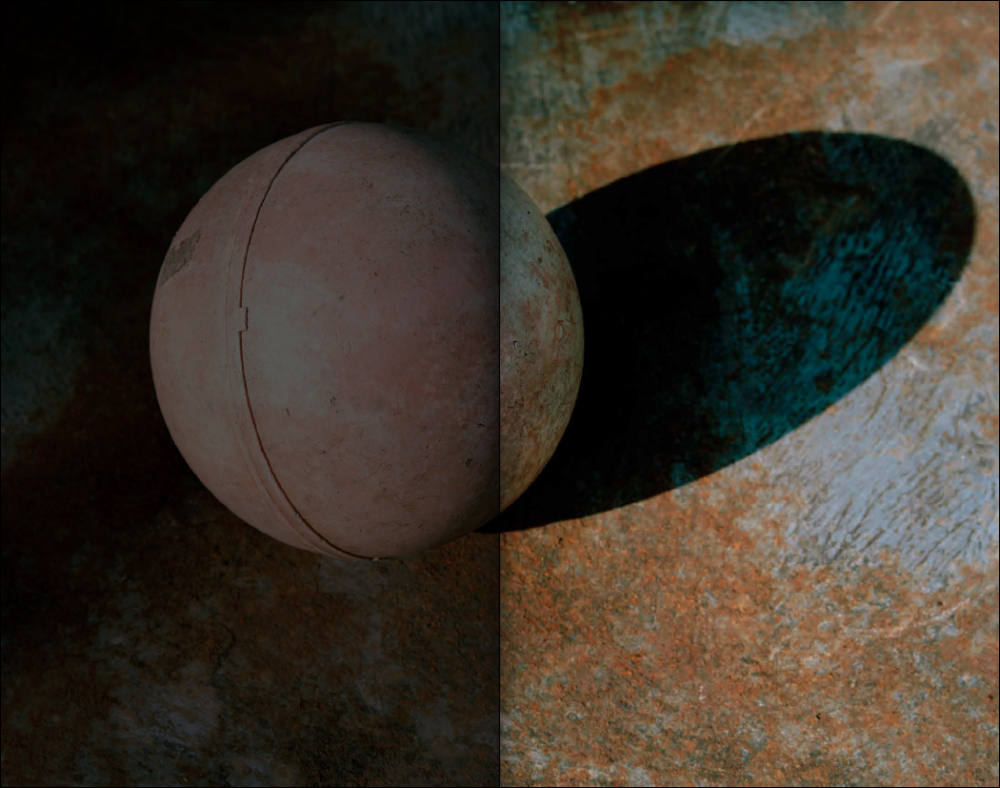For English, scroll below!
Doug woont al meer dan vijfenveertig jaar in het desolate regenwoud van Vancouver Island, Canada. Ik ontmoette hem op zijn camping in 2010 en sindsdien gaat hij mijn hoofd niet meer uit. Hoe kun je wonen aan de rand van de wereld? Hoe overleef je in een donker bos vol wilde dieren, zonder ook maar een enkel streepje bereik op je telefoon? Ik heb er
For English, scroll below!
Doug woont al meer dan vijfenveertig jaar in het desolate regenwoud van Vancouver Island, Canada. Ik ontmoette hem op zijn camping in 2010 en sindsdien gaat hij mijn hoofd niet meer uit. Hoe kun je wonen aan de rand van de wereld? Hoe overleef je in een donker bos vol wilde dieren, zonder ook maar een enkel streepje bereik op je telefoon? Ik heb er altijd van gedroomd om buiten de maatschappij te wonen, maar zou ik het durven?
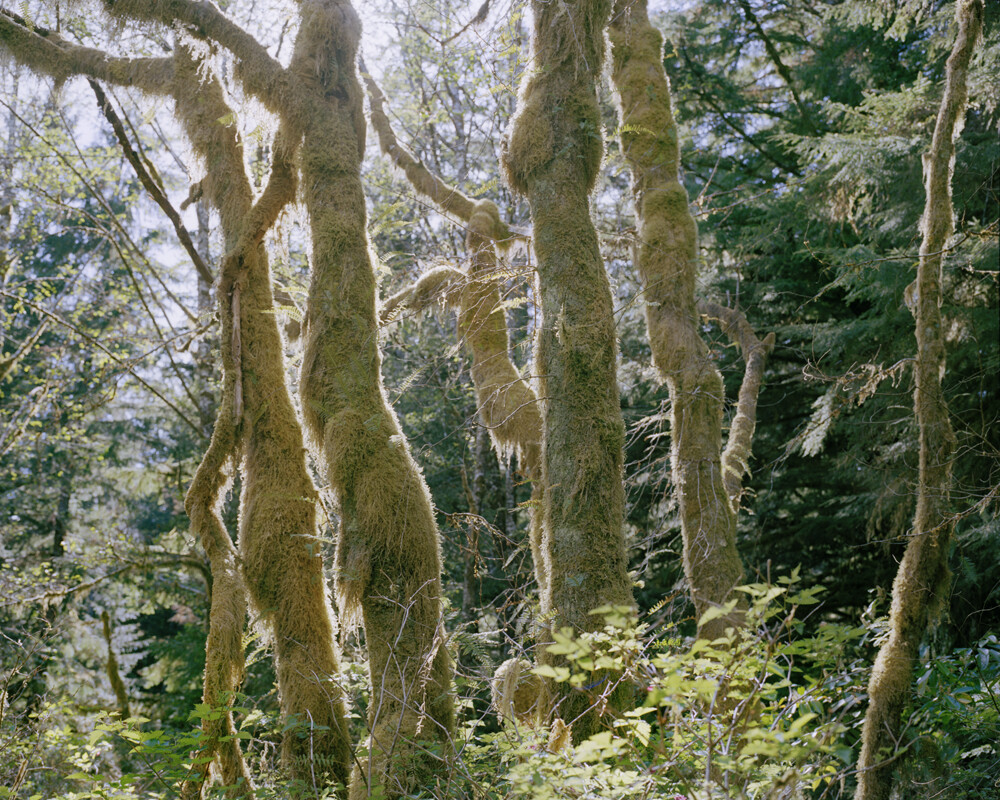
Toen ik hem twee jaar later met mijn camera opzocht bleek Doug haast uitsluitend over het verleden van zijn bos te willen praten. Er hadden hier hechte gemeenschappen bestaan: eerst een groep pioniers, en later een militaire radarbasis, waar Doug als timmerman zijn beste jaren had gehad. Overal op de camping lagen er restanten van – alledaagse spullen maar ook gebouwen. Doug had er plannen mee. Een hostel, een openluchtmuseum. Een monument voor een vergeten tijd. Maar het bos woekert en de regen verpulvert hout en papier. Doug is de strijd tegen de elementen aan het verliezen.
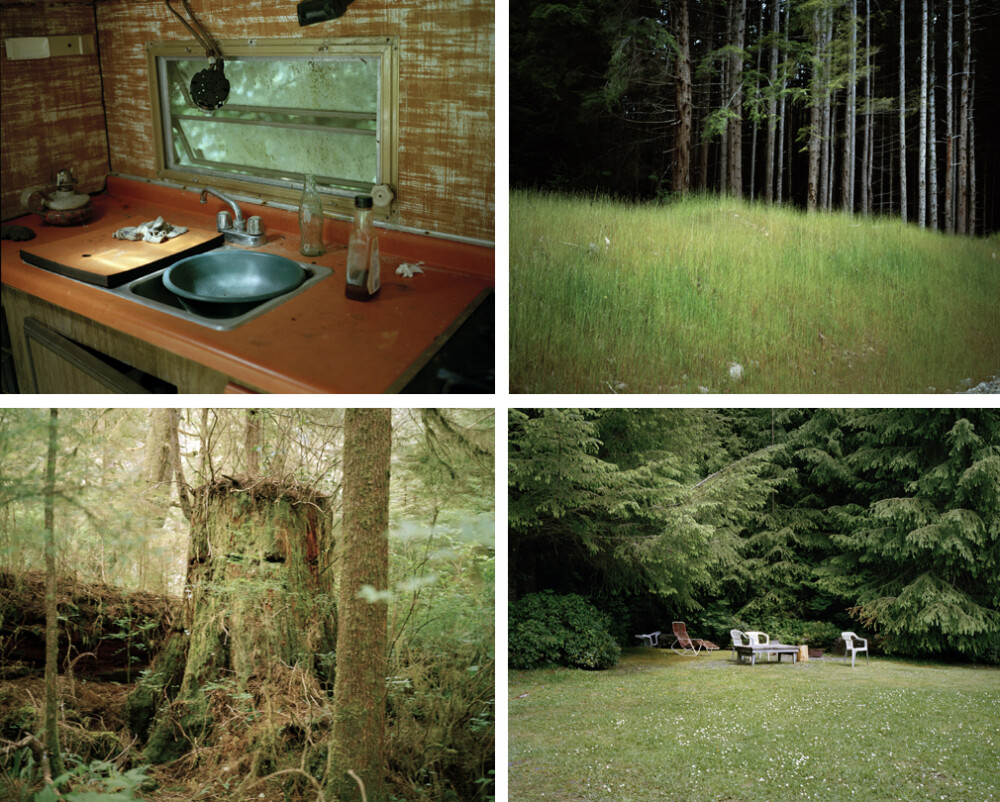
Om Doug beter te begrijpen dook ik de geschiedenis in die hem zo bezig houdt. In de jaren die volgden werd mijn overzichtelijke fotoproject over wonen in de wildernis een wirwar van verhalen uit allerlei lagen van de tijd, waarin ik kon verdwalen alsof ik in het bos zelf was. Ik begon me af te vragen: in hoeverre bepalen we eigenlijk zelf ons leven? Maken we onze keuzes wel zo bewust als we denken? Of zijn we een speelbal van de geschiedenis, overgeleverd aan ons lot? Wat blijft er van ons over, als we er niet meer zijn?
Het zijn vragen die iedereen aangaan maar waarvoor we in onze samenleving weinig ruimte maken. Om daar een beetje tegenwicht aan te bieden maak ik graag boeken. Want: wie in een boek verdiept raakt, is even weg uit het overweldigende, allesverslindende nu (schreef Maaike Lauwaert eens in Metropolis M). De stilte die dan ontstaat, die ruimte voor reflectie, is onderdeel van mijn werk.
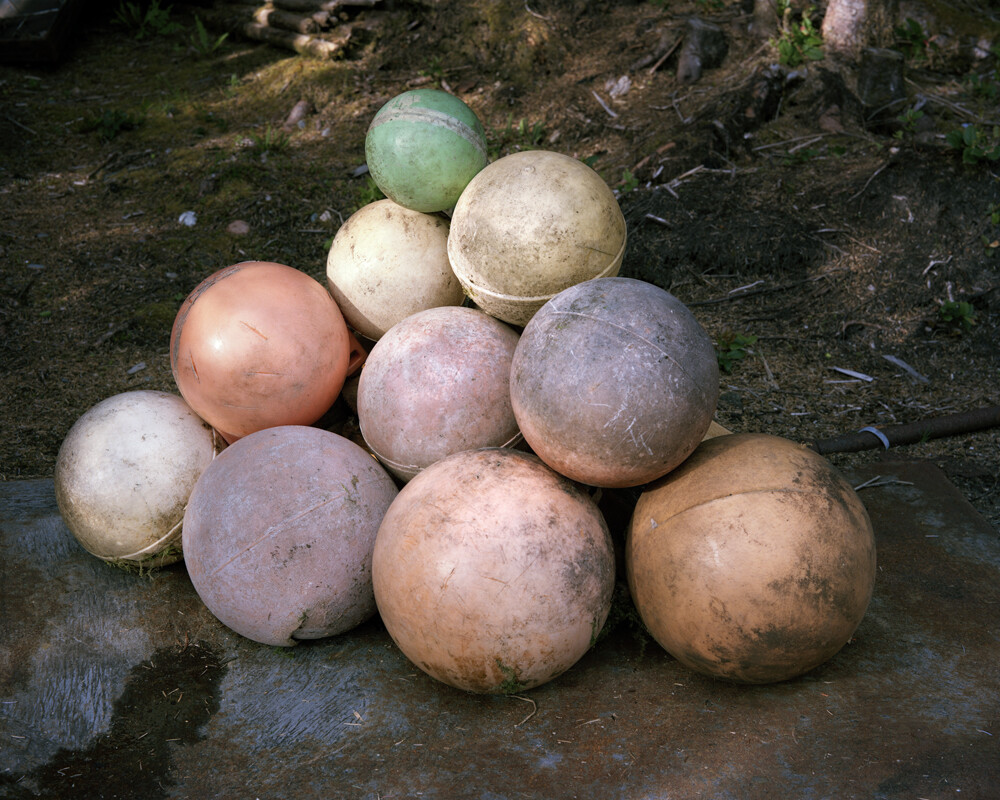
Samen met editor Ellen Sanders en ontwerpers René Put en Brigitte Gootink werk ik aan Doug’s Cabin, wat mijn derde fotoboek zal worden. Het wordt een mozaïekverhaal van 180 pagina’s, 19x30 cm groot, vol sporen en aanwijzingen. Eigen foto’s zijn verweven met beelden van vroeger, tekeningen, plattegronden, dagboekfragmenten en historische feiten. Doug’s Cabin is traag en mysterieus; een boek om steeds opnieuw op te pakken en weer nieuwe verbanden te vinden.
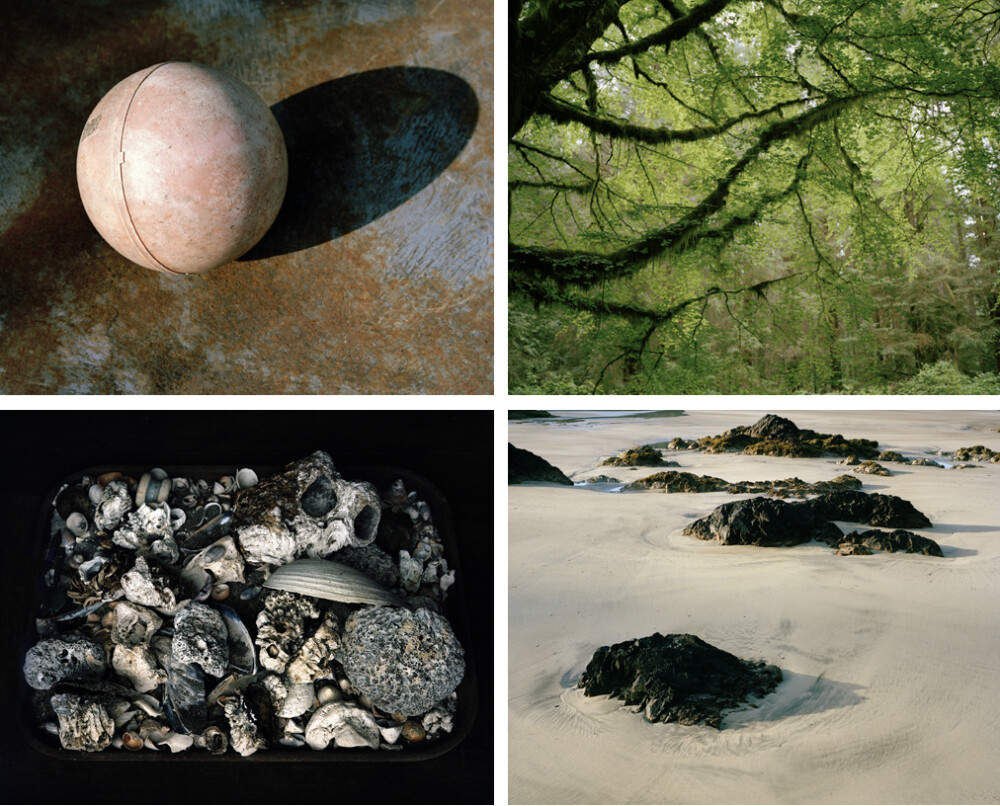
Dwaal met me mee door het oerwoud van Doug en koop nu alvast een boek, print of wandeling. Er is keuze genoeg! Alle donaties dragen bij aan de kostbare productie van Doug’s Cabin. Deel deze pagina met familie, vrienden, kennissen, collega’s en mede-dwalers en ik ben je nog dankbaarder. Dank je wel!!
Maar liefst 113 genereuze donateurs hebben deze crowdfunding in 3,5 week naar de 100% geschoten. Dat is fantastisch en ontroert mij enorm.
Maar nu door! Ik heb het doelbedrag met € 2000 verhoogd om het gat in de begroting, dat ik zelf - ondanks alle subsidies en gulle bijdragen - moet vullen, iets kleiner te maken. Op het moment van dit schrijven heb ik nog een volle week te gaan, staan er nog interviews op stapel en komen misschien nog wel meer dingen op mijn pad. Dat is wat crowdfunding zo leuk maakt - het werk wordt gezien, er gebeuren onverwachte dingen en de kansen zijn eindeloos.
Doug’s Cabin zal in het voorjaar van 2019 gepresenteerd worden bij Foam Editions in Amsterdam. Het zal worden uitgegeven door The Eriskay Connection.
Dit project wordt mede mogelijk gemaakt door het Mondriaanfonds en het Prins Bernard Cultuurfonds.
www.kariannebueno.nl
www.eriskayconnection.com
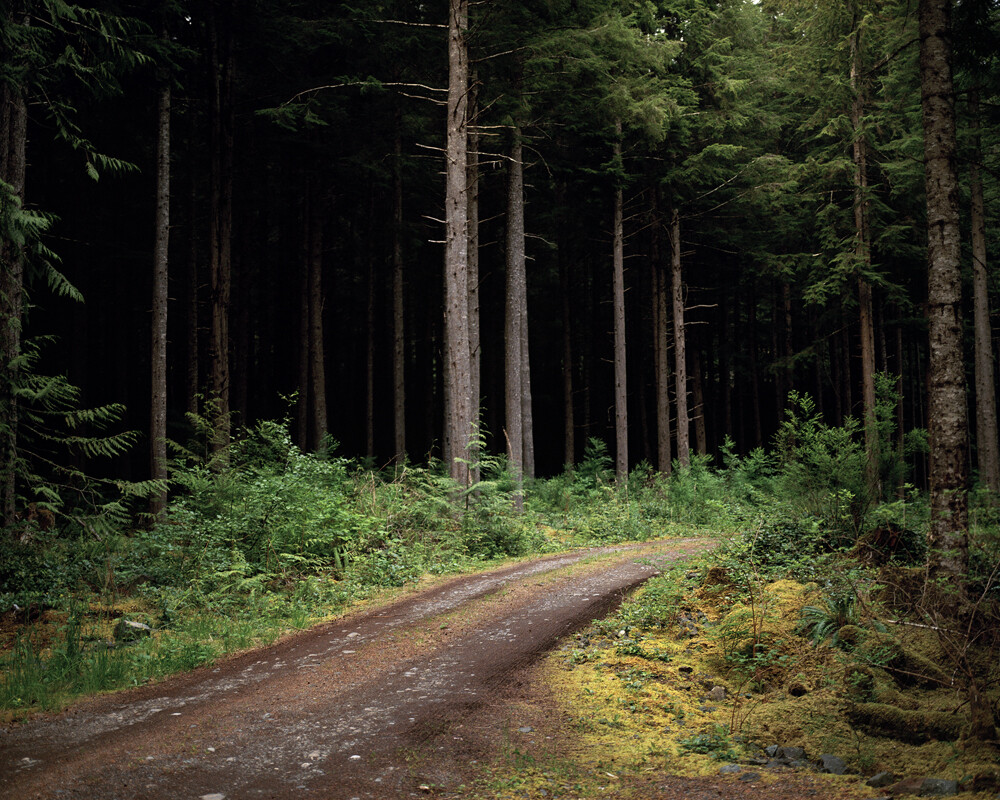
For over forty-five years, Doug has been living in the desolate rain forest of Vancouver Island, Canada. I met him on his campsite in 2010, and he has been in my thoughts ever since. What is it like to live on the far-flung edges of the world? How do you survive in a forest full of wild animals, without the faintest trace of a cell-phone connection? I have always dreamed about a life away from society, but would I dare to actually live it?
When I visited Doug with my camera two years later it seemed his sole interest was to talk about the history of his forest. There had been close communities here: first, a group of pioneers, and later a military radar station, where Doug used to work as a carpenter. Their remains were scattered across his campsite – every day utensils, and even entire buildings. Doug had plans. He would build a hostel; his site was to be an open-air museum, a monument for forgotten times. But the forest permeates everything, and the rains pulverise wood and paper. For Doug, it is a losing battle.
To better understand Doug, I immersed myself in the history so dear to him. Over the following years, my once tangible photography project about living away from society turned into a labyrinth of stories across multiple layers of time and reality. I would find myself completely caught up in them, as though within the jungle itself. I began to wonder: do we actually have control over our lives? Are our choices made as consciously as we like to imagine? Or are we bound by fate? What remains after we are gone?
These questions concern everyone but, in our society, we make very little room to consider them. I make books to somehow counterbalance this situation. Because: to get lost within a book is to momentarily escape the overwhelming, suffocating present (as stated by Maaike Lauwaert in Metropolis M). The result is silence, room for reflection – which I find to be an essential part of my work.
Together with editor Ellen Sanders and designers René Put and Brigitte Gootink, I am working on Doug’s Cabin, my third photography book. It will be a mosaic story of 180 pages, sized 19x30 cm: a riddle of trails and traces. My own photographs are interwoven with historic images, drawings (by Medy Oberendorff), maps, facts, and diary fragments. Doug’s Cabin will be slow and mysterious: a book to meander time and again, discovering new connections as you leaf through its pages.
Wander with me in Doug’s forest and buy a book, print or hike now. The choices are plenty! All donations contribute to the high-quality production of Doug’s Cabin. Please share this web page with your friends, family, acquaintances, colleagues, and fellow wanderers. Many thanks, I am very grateful!
A staggering 113 sponsors have made this crowdfunding an overwhelming succes in only 3,5 weeks. This is a fabulous result that deeply moves me.
But now further ahead! I raised the goal with € 2000 to reduce the financial gap that, despite this much support and the contributions of two foundations, is still there to fill personally. While writing this there’s still a full week of crowdfunding ahead of me. Interviews are planned and maybe more unexpected opportunities will cross this path. This makes crowdfunding fun - the work is out there, people can see it, and endless chances may occur.
Doug’s Cabin will be published in the spring of 2019 by the wonderful The Eriskay Connection. It will be presented at Foam Editions in Amsterdam.
This project is made possible by the Mondriaan Fund and the Prins Bernhard Culture Fund.
Nieuwste donaties
Dorine van Meel
17-12-2018 16:23Omdat Karianne prachtig werk maakt dat de wereld in moet!
C.Appelman
17-12-2018 10:25Bijzonder om te zien hoe iemand zich staande houdt in de wilde natuur, daar kunnen wij nog wat van leren.
J. Sparreboom
13-12-2018 08:54We moeten er met zijn allen voor zorgen dat kunst gemaakt kan worden.






